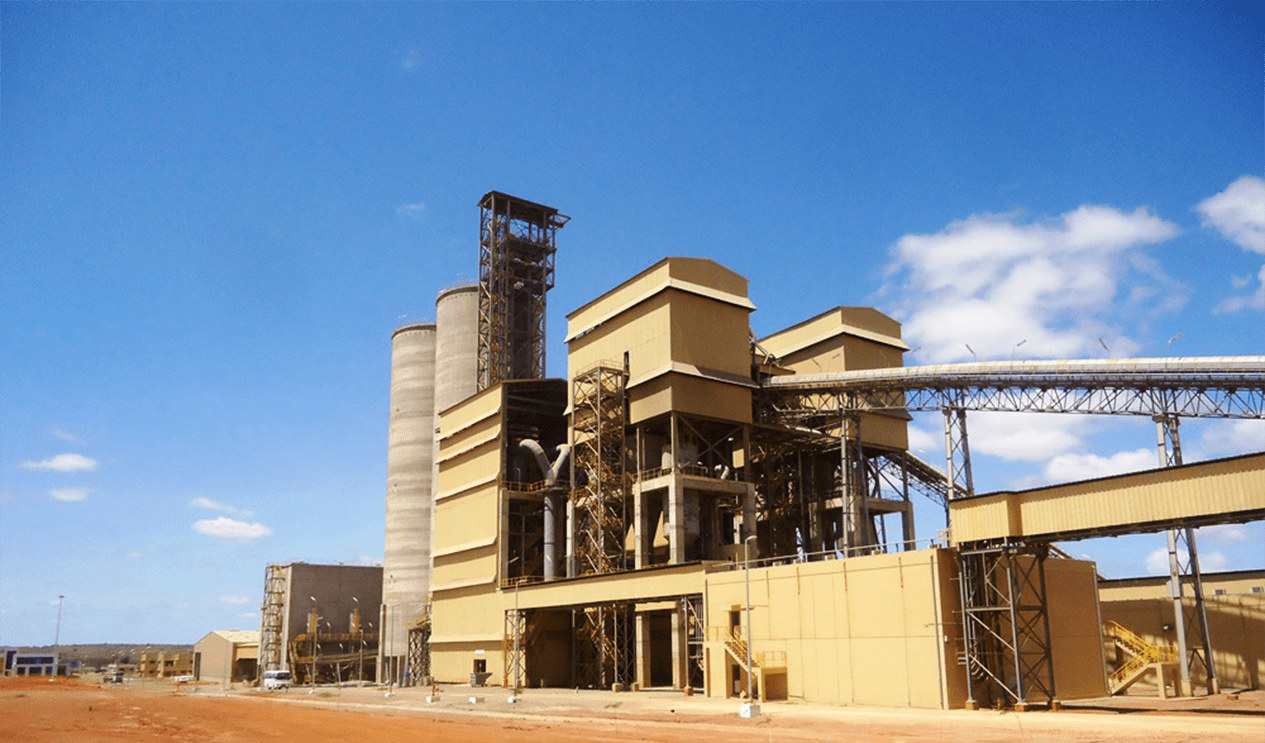
The cement industry is a top source of CO2 emissions, but abatement pressures could prompt efforts to reimagine the business.
As a key component of concrete, cement is an integral part of our everyday lives. In fact, it is the second-most-consumed product globally after potable water, and it is used in almost everything we build—from houses and cityscapes to dikes and dams. At the same time, it is also a major contributor to global CO2 emissions.
Scientists and governments alike have called for increasingly stringent greenhouse gas (GHG) emissions targets as the consequences of climate change become more apparent. Recently, the goalpost has shifted from keeping the temperature rise below 2.0 degrees Celsius to 1.5 degrees Celsius, with more than 771 countries committed to net-zero emissions by 2050. Adding to pressures on the industry is the COVID-19 pandemic, which has hit the industry hard, undercutting demand with uncertainty around how deep the downturn will be and how long a recovery will take.
While it’s unclear how the climate debate will unfold, reaching such goals by 2050 will be especially challenging for the cement industry, as most of its CO2 emissions result from the unavoidable chemical process known as calcination. Unlike other industries that may be further along, the development of new technologies to decarbonize cement might not be scalable for years. Nonetheless, our research suggests that, in principle, the industry could reduce its 2017-level emissions by more than three-quarters by 2050.
Given its performance characteristics and the broad availability of limestone, cement (and therefore concrete) is likely to remain the construction material of choice globally. At a local level, however, it could lose share to more sustainable alternative materials, such as cross-laminated timber (CLT). Other shifts, including increased building-information modeling (BIM) and modular construction, could further reduce cement consumption, effectively shrinking demand, despite an overall increase in construction activity. Growth and decarbonization therefore represent significant, interrelated challenges. Paradoxically, perhaps, COVID-19 could accelerate the industry’s response to these fundamental structural trends. As players address the challenges of uncertain demand, they have an opportunity to reset strategies: identifying the best path toward decarbonization, assessing digital and technological advancements to invest in, and rethinking their products, portfolios, partnerships, and construction methodologies—areas we explore later. Forward-thinking players could have an opportunity to leapfrog and become the industry front-runners.
